For the first time, researchers have used existing manufacturing technology to make a complex processor that uses energy-efficient optical connections.


For the first time, researchers have used existing manufacturing technology to make a complex processor that uses energy-efficient optical connections.

‘In a nice piece of “spin-off science” from this technological achievement, we were able to perform a “Bell test”, by first using the high-precision logic gate to generate an entangled state of the two different-species ions, then manipulating and measuring them independently. This is a test which probes the non-local nature of quantum mechanics; that is, the fact that an entangled state of two separated particles has properties that cannot be mimicked by a classical system. This was the first time such a test had been performed on two different species of atom separated by many times the atomic size.’
While Professor Lucas cautions that the so-called ‘locality loophole’ is still present in this experiment, there is no doubt the work is an important contribution to the growing body of research exploring the physics of entanglement. He says: ‘The significance of the work for trapped-ion quantum computing is that we show that quantum logic gates between different isotopic species are possible, can be driven by a relatively simple laser system, and can work with precision beyond the so-called “fault-tolerant threshold” precision of approximately 99% — the precision necessary to implement the techniques of quantum error correction, without which a quantum computer of useful size cannot be built.’
In the long term, it is likely that different atomic elements will be required, rather than different isotopes. In closely related work published in the same issue of Nature, by Ting Rei Tan et al, the NIST Ion Storage group has demonstrated a different type of quantum logic gate using ions of two different elements (beryllium and magnesium).
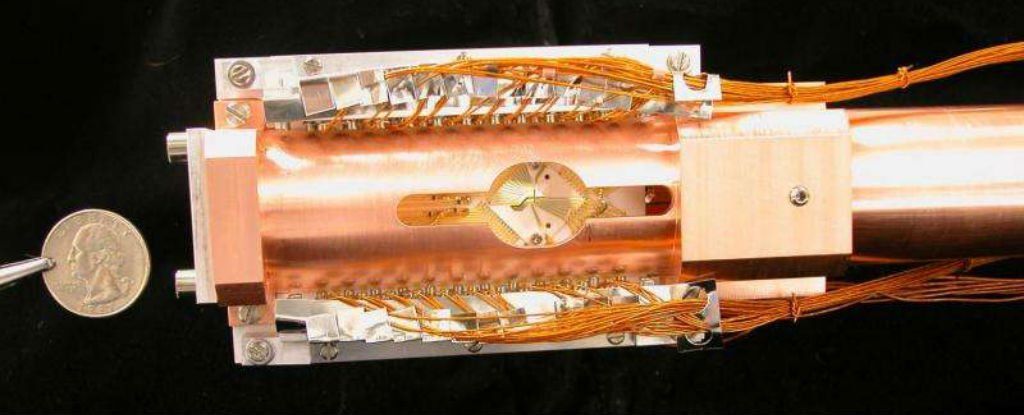
As conventional computers draw ever closer to their theoretical limit, the race is on to build a machine that can truly harness the unprecedented processing power of quantum computing. And now two research teams have independently demonstrated how entangling atoms from different elements can address the problem of quantum memory errors while functioning within a logic gate framework, and also pass the all-important test of true entanglement.
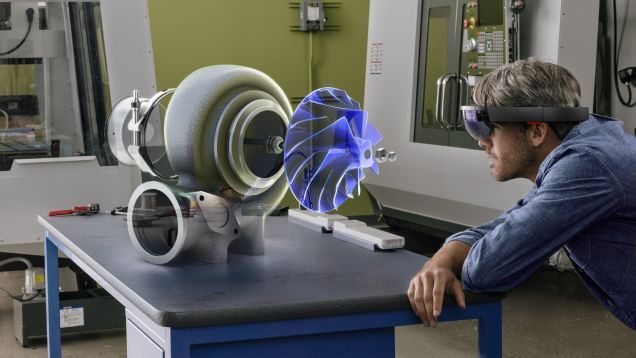
Of all the recent advances in computing and consumer technology, This is BY FAR the one I’m most fascinated! Amazing tech.
The HoloLens headset from Microsoft is the world’s first untethered wearable that generates holograms before your eyes. It’s been nearly a year since we first strapped on a prototype, and as the tech goliath prepares to unleash a first batch of units to developers in the coming months, I was invited to check out just how far the technology has come.
Starting today, Microsoft’s letting developers flock to their flagship store in New York City to try out the same demos I did a few days ago. I should be clear: I tried a version of the headset that’s very similar to what will ultimately ship—for $3000!—but as always, no gadget is final until you’re pulling it out of the box.
First, a little bit about how it works. With the HoloLens, the “cursor” is your eyes. You look around a real room you’re in and select holographic images that appear in your goggles by hovering the cursor in the middle of your field of vision over the object. To interact with the object, you “air tap.” In front of the goggles by pointing your index finger in the air and making a fast swipe down motion. Voice commands are also at your disposal.
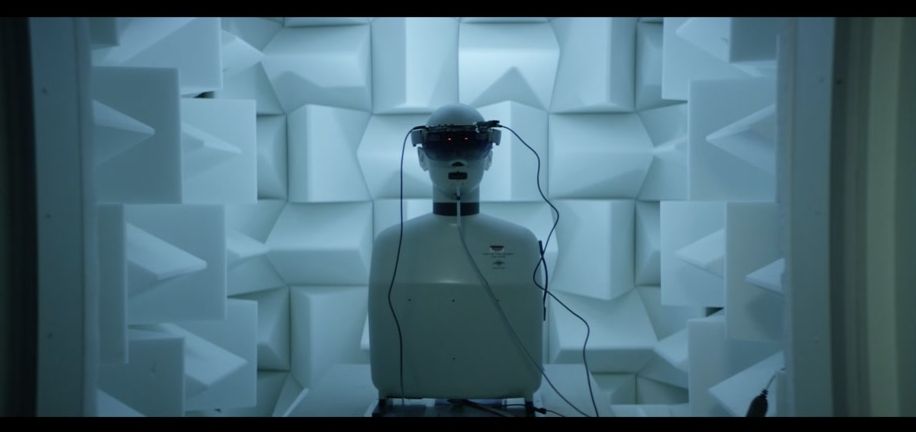
Intended for broadcast journalists, this broadcast-quality footage highlights Microsoft HoloLens. Microsoft HoloLens is the world’s first fully untethered holographic computer, powered by Windows 10, enabling high-definition holograms to integrate with your world.
https://vimeo.com/53577644
Economist Carlota Perez talk about the future of ICT.
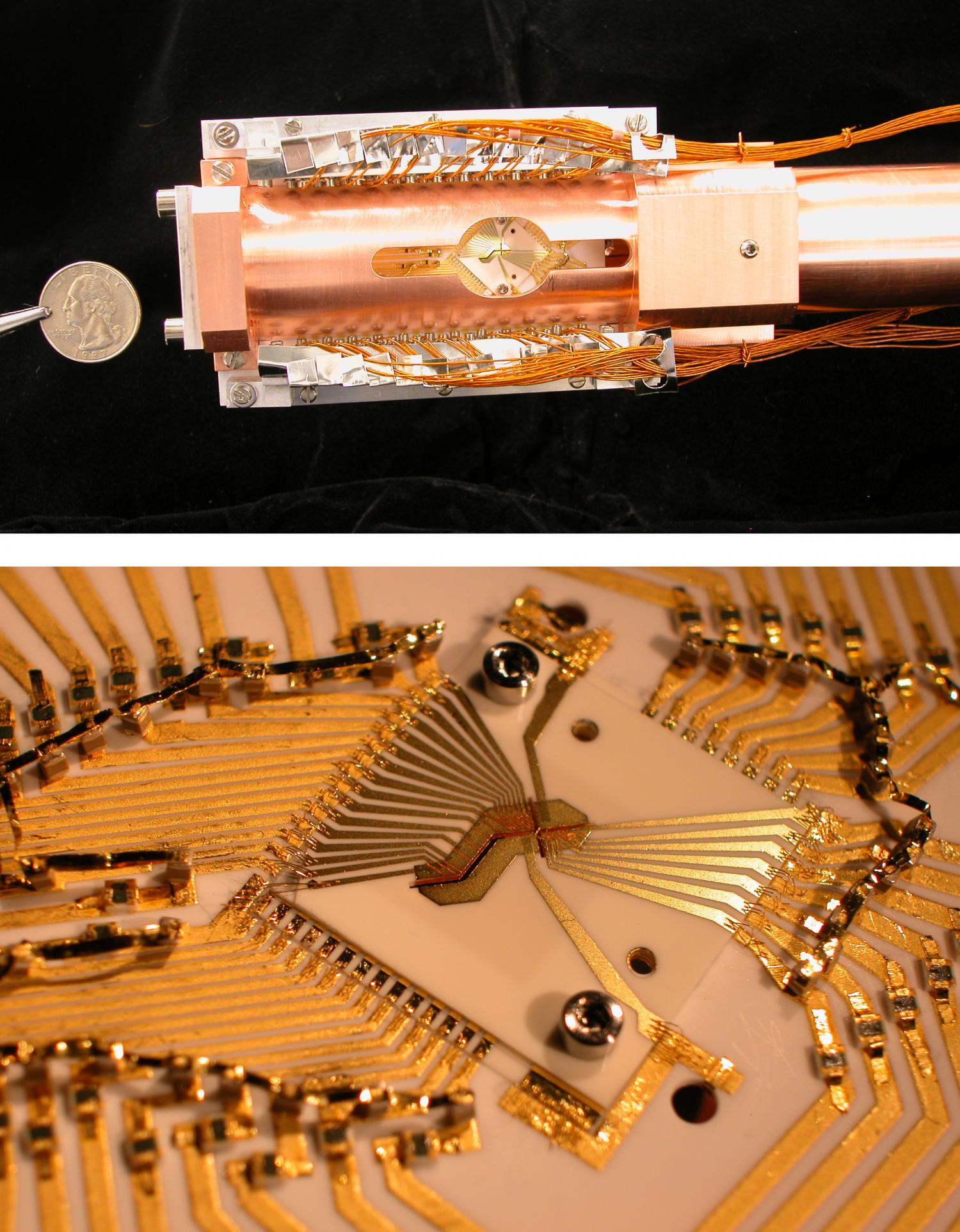
Physicists at the National Institute of Standards and Technology (NIST) have added to their collection of ingredients for future quantum computers by performing logic operations—basic computing steps—with two atoms of different elements. This hybrid design could be an advantage in large computers and networks based on quantum physics.
The NIST experiment, described in the Dec. 17 issue of Nature, manipulated one magnesium and one beryllium ion (charged atom) confined in a custom trap (see photo). The scientists used two sets of laser beams to entangle the two ions—establishing a special quantum link between their properties—and to perform two types of logic operations, a controlled NOT (CNOT) gate and a SWAP gate. The same issue of Nature describes similar work with two forms of calcium ions performed at the University of Oxford.
“Hybrid quantum computers allow the unique advantages of different types of quantum systems to be exploited together in a single platform,” said lead author Ting Rei Tan. “Many research groups are pursuing this general approach. Each ion species is unique, and certain ones are better suited for certain tasks such as memory storage, while others are more suited to provide interconnects for data transfer between remote systems.”
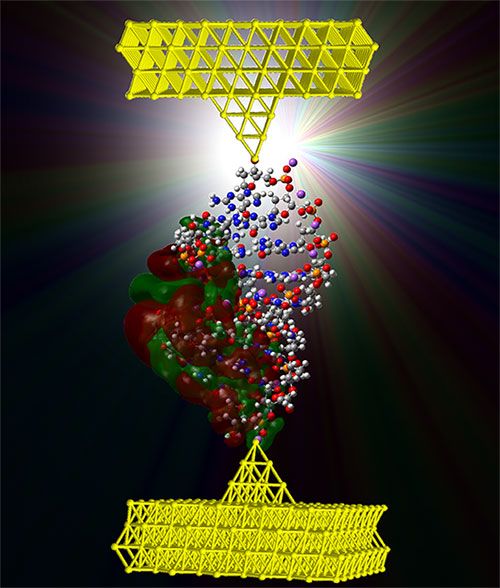
A model of one form of double-stranded DNA attached to two electrodes (credit: UC Davis)
What do you call a DNA molecule that changes between high and low electrical conductance (amount of current flow)?
Answer: a molecular switch (transistor) for nanoscale computing. That’s what a team of researchers from the University of California, Davis and the University of Washington have documented in a paper published in Nature Communications Dec. 9.

Facebook announced that its latest artificial intelligence (AI) server designs will be made open source, continuing on the company’s course of letting others share new hardware designs, which it began back in 2011. Codenamed Big Sur, the server is designed to train the newest class of deep learning AI that mimic the human brain’s neural pathways.
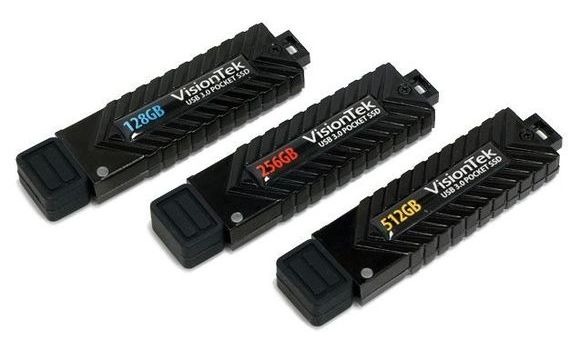
VisionTek’s new USB 3.0 Pocket SSD slips into your pocket, but it’s faster than the hard drive in your PC—and just as spacious.